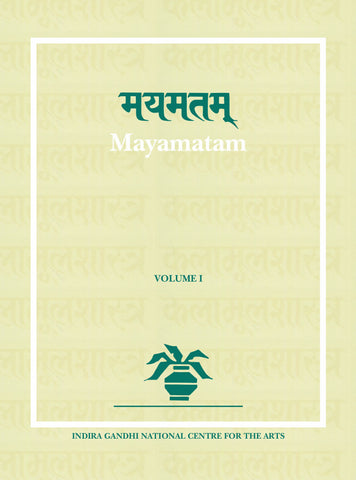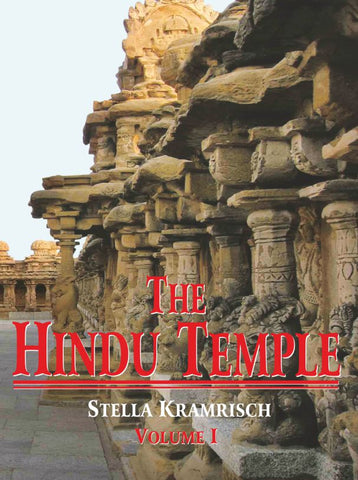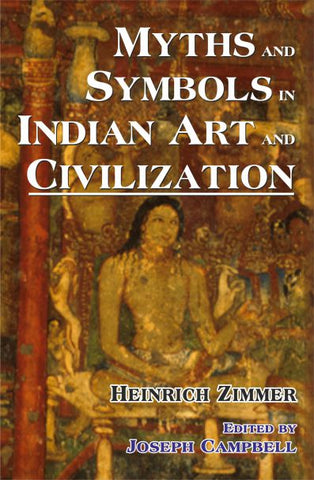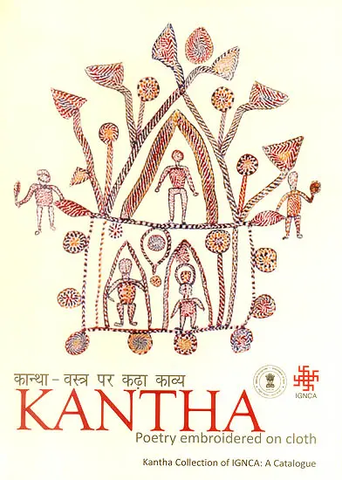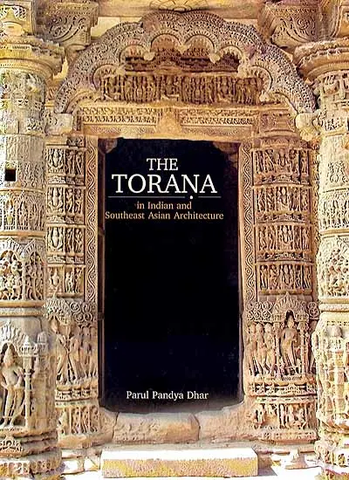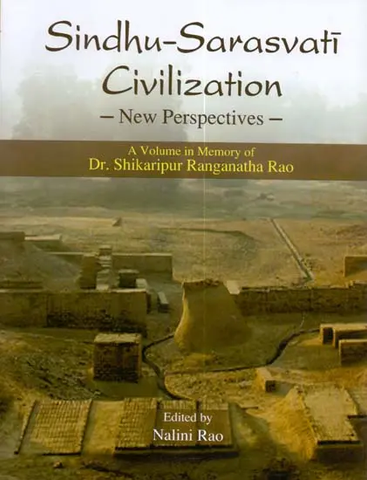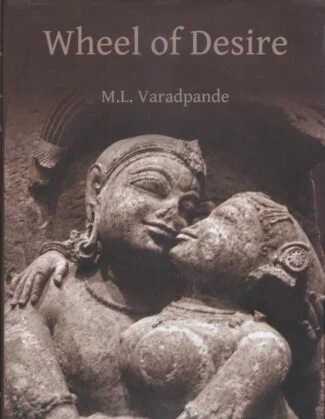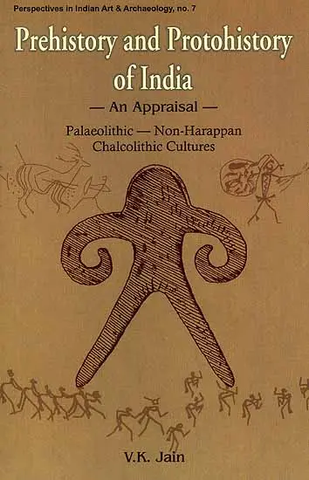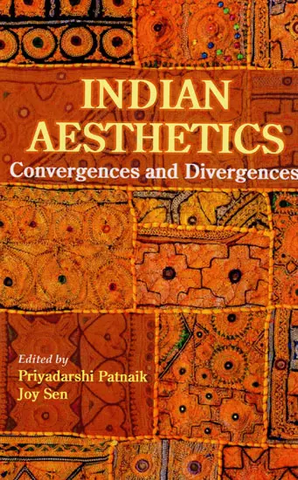Your cart is empty now.
The book is based on intensive and extensive field explorations conducted by late Dr. Shiba Charan Nanda in the Indravati basin of the undivided Koraput district of Odisha. It is one of the first systematic attempts to understanding the Stone Age cultures of the Indravati river valley which brought to limelight a large number of Upper Palaeolithic and Mesolithic sites with a diverse range of archaeological records. The study of the stone artifacts with in-depth analysis of the typology and technology and comparison with other well-known sites of India provides a methodological framework for prehistoric investigations in regional context. The author has also taken into account of the settlement and subsistence patterns of the ethnic communities living in the landscape for ages for developing analogies for interpreting the prehistoric cultures from an ethno-archaeological point of view.
Born in Cuttack to Sri Ganeswar Nanda and Smt. Sarala Devi, Shiba Charan Nanda did his Graduation from Buxi Jagabandhu Bidyadhar Autonomus College, popularly known as B.J.B. College in Bhubaneswar, and Post- Graduation from the Department of Anthropology, Utkal University in Bhubaneswar. He completed his PhD from the Department of Archaeology, Deccan College Research Institute, Poona University in 1984 on Stone Age Cultures of Indravati Basin, Koraput District, Orissa" under the supervision of late Prof. V.N. Misra.
Subsequently he devoted his life to the archaeological investigations in Puri, Keonjhar, and Khurda districts in Odisha, and Bhimbetka site in Madhya Pradesh. He undertook extensive archaeological surveys in Rajasthan, Madhya Pradesh, Andhra Pradesh and Gujarat. He had to his credit the distinction of discovering eighty-five open air Mesolithic sites, seventeen open air Upper Palaeolithic sites, including a cave site with rock paintings. Dr. Nanda worked in Ispat College in Rourkela and Kamala Nehru Women's College in Bhubaneswar
He passed away untimely in 2002 while in service as a Reader in Anthropology at Kamala Nehru Women's College, leaving behind enormous resources for future scholars to work upon.
I feel privileged and it also gives me immense pleasure to write the foreword of this book "Prehistoric Archaeology of Indravati Basin in Koraput, Odisha" written by Dr. Shiba Charan Nanda who was not only my friend but also my Guru from whom I got firsthand knowledge on lithic artefact typology. This original work is in fact the outcome of his doctoral dissertation. the contributions can still be considered fresh in many respects. Even though this work was carried out in the seventies, I feel that it still holds relevance even in the present-day academia as it was ahead of its time in respect of concept and methodologies. This work by Dr. Nanda can be considered as a paradigm shift in its approach to prehistoric research of Odisha.
Dr. Nanda's research was confined to the Indravati basin in the erstwhile Koraput district and conducted in a manner that the writer himself described as a single geographical unit in micro-level' irrespective of its administrative boundaries. This region-centric archaeological approach was the first of its kind in Odisha.
It is really admirable how the author carried out his investigation in a virtually inaccessible and densely forested area of the erstwhile Koraput district. Further, it is one such study where the investigation was carried out towards the hinterland with the central focus being restricted to discovering primary sites instead of following the river bank stratigraphic model that was widely practised by the contemporary archaeologists to understand the prehistoric cultural succession. The small geographical area of nearly 2,400 square km that was investigated has yielded 17 Upper Palaeolithic and 85 Mesolithic sites. It is unique in itself when compared with the contemporary prehistoric investigations in the subcontinent. The locational pattern of these sites has been studied in the context of micro-environmental settings. The importance of the research is also notable in terms of the earliest occurrence and identification of Upper Paleolithic sites in Odisha when such sites were just getting reported and understood in other parts of the country.
Besides, this work also involves a comparative analysis of surface and excavated artefacts collection at a site named Girla, where Dr. Nanda had carried out a trial excavation. Moreover, it is probably one of the very few such research where a comparative study of Upper Palacolithic and Mesolithic assemblages have been carried out in a pan-Indian context.
Delivery and Shipping Policy
- INTERNATIONAL SHIPPING
- Rs.1000-1100/kg
- ESTD. Delivery Time: 2-3 weeks (depending on location)
- Bubble Wrapped with Extra Padding
- NATIONAL SHIPPING
- NCR: Rs. 30/half kg
- Standard: Rs. 80/half kg
- Express shipments also available on Request
- ESTD. Delivery Time: Ranging from 1-4 days up to 7 business days (Depending on your choice of Delivery)
- TRACKING
- All orders; national or international, will be provided with a Tracking ID to check the status of their respective orders
- Depending on the Shipping Service, Tracking ID may be used on their respective tracking portals
Frequently Asked Questions (FAQs)
Domestic Shipping: 3-4 Days (after shipping)
International Shipping: 1-2 weeks (based on your location)
You will receive an email once your order has been shipped or you can email us if you didn't receive tracking details (info@mlbd.co.in)
Every book that we sell is the latest edition except all the rare books
Yes, we do provide free shipping, only on domestic orders (within India) above Rs.1500










